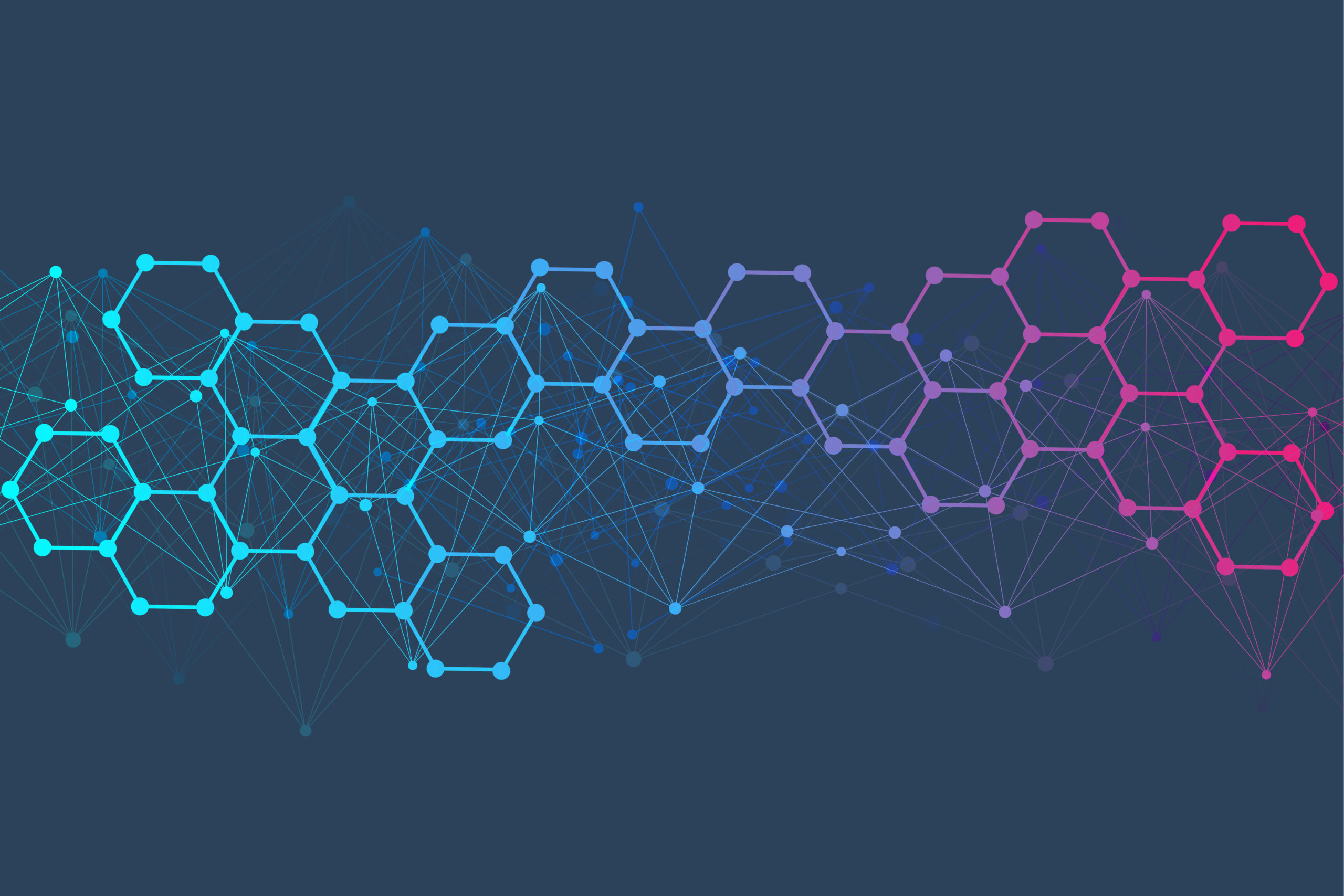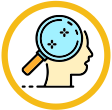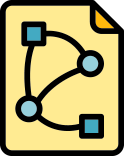See notes at the bottom of this section for suggestions about how to modify this assignment to suit your/your students’ needs.
Time requirements
As presented here, this assignment takes approximately two fifty-to-sixty-minute work periods: one for the introduction and to start the activity, and another to complete the activity and begin the final performance.
Tech requirements
Students will need:
- A device that can edit Google Slides with access to internet
- A Google Drive account to use Google Slides
- A way to turn in assignments (via your school’s learning management system such as Canvas or Schoology, or by a Google Form you create).
- If your students are learning remote-only, consider recording walkthrough videos where you read through the assignment in a screencast. Make the walkthrough available to students as an optional resource so those who process well using auditory input are supported.
Introducing and facilitating the lesson
This lesson is designed to be completed asynchronously or synchronously, in pairs (with students sharing and editing one copy of the workspace in real time) or individually.
You can introduce the lesson in several ways that center food and feature a justice perspective. One useful way that allows students to honor their families’ food traditions is to provide information from the current Dietary Guidelines for Americans from the USDA and HHS, such as this PDF that lists foods that originated in kitchens around the world. (The Dietary Guidelines framework replaced the well-known “food pyramid” recommendations.)
- Do students recognize ingredients from their own family kitchens?
- Their favorite fruit?
- What makes these foods nutritious? [Guide students towards seeing that, eaten together, these foods provide an array of starches/carbohydrates, fats, and protein.]
- What instructions do plants and animals use to create these important and delicious foods? [Guide students towards considering genes or DNA.]
- Analyze the availability and financial cost of these foods where you live. What stores in your region carry these types of foods? How much do they cost? How might what you’ve learned about affordability and location impact who in our country can access these more nutritious foods?
- Discussion guidelines:
- Help steer the discourse in ways that celebrate, rather than marginalize or degrade, difference in family food preference or consumption.
- Refrain from asking students about their own family or friends. Instead, consider discussing case studies or hypothetical neighborhoods whose characteristics correspond to those with high access and low access to these nutritious foods.
Alternatively, you can have students explore nutritional labels for several different foods that are common to diets of many people in America: think natural peanut butter, whole-wheat pasta, or apples. All these foods can be part of a healthy, nutritious diet–but they are differentially available to people in our country.
- What do their nutritional labels have in common?
- How are they different?
- What different nutritional contents do these labels track? [Guide students towards noticing starches/carbohydrates, fats, and protein.]
- What instructions do plants and animals use to create what we use as food? [Guide students towards considering genes or DNA.]
- Analyze the availability and financial cost of these foods where you live.
- What stores in your region carry these types of foods?
- How much do they cost?
- How might what you’ve learned about affordability and location affect who can access these nutritious foods?
- Discussion guidelines:
- Help steer the discourse in ways that celebrate, rather than marginalize or degrade, difference in family food preference or consumption.
- Rather than ask students about their own family or friends, you can choose to discuss case studies or hypothetical neighborhoods whose characteristics correspond to those with high access and low access to these nutritious foods.
You might ask students to select their own highly nutritious foods to research, then report back to a group or the whole class with their findings.
Teachers can facilitate the lesson in real time by
- answering questions that students may have
- facilitating students looking at others’ work to check their answers for similarities or differences
- being ready to give guidance, particularly on synthesizing DNA, whose templated and anti-parallel nature are sometimes not immediately obvious to students
Tying this lesson to assessment/expected outcomes
Summative
As a culminating performance, ask students to create one or more annotated nutritional label(s) with:
- sketches or prepared structure diagrams of carbohydrates/ sugars, protein, and fats, as well as their building blocks
- descriptions and/or sketches of the types of bonds that create the macromolecules from the building blocks
- lists of which chemical elements build each macromolecule
- a justification/explanation of how differential accessibility of healthy food is an injustice at the systemic level.
- Students can use the research they did at the start of the lesson, as well as students’ assessments of the case studies, as evidence to support the claim.
Be sure to assess student understanding of DNA’s structure in another assessment, as the DNA we eat does not readily become the DNA in our bodies.
Formative
- The “Putting It Together” prompts at the conclusion of the activity are a useful comprehension check on the molecular components of this lesson.
- You might choose to use multiple-choice or short-answer formative assessment questions to help students check their understandings after completing this assignment.
Transitioning to the next activity
What happens next will depend on your curriculum sequence for biology or life science, but in micro-to-macro biology sequences it is a great activity for early in the course. This activity creates an important, concrete foundation for students to go on to explore topics including
- properties of water
- protein structure and function
- nutrition
- digestive physiology, including comparative anatomy
- cellular structures
- DNA synthesis
- translation
Modifications to suit your/your students’ needs
- The picture used to practice cropping can be swapped out to honor one or more of your students and their families. One of my students this year has family who harvests tea in the Philippines, and he was excited for us to celebrate that part of his identity!
- You can replace the final tables at the end of the assignment with a digital card sort. Simply create small text boxes with words or chemical elements on a chart slide, scatter them on the slide in the margins around the table, and students will be able to drag each word or element to the correct place.
- You might provide additional representation of dehydration synthesis and hydrolysis by using atom/molecule kits to pre-build glucose monomers, then asking students to represent the processes. Rather than having students build the molecules from scratch using the molecule kits, focus on how bonds are rearranged in the two processes at the joining site between monomers.





